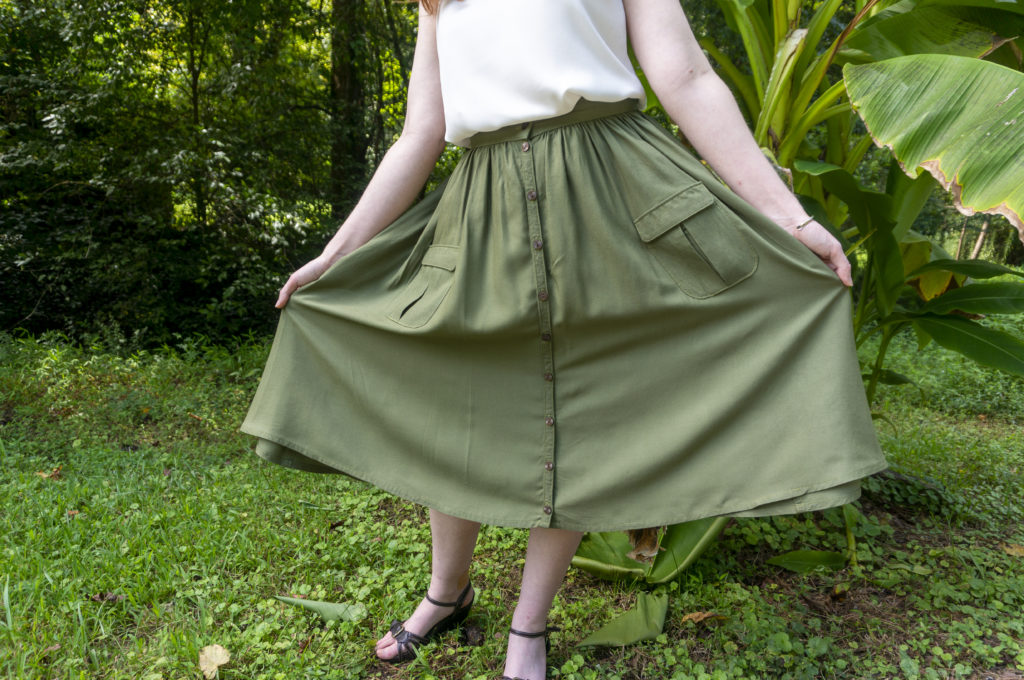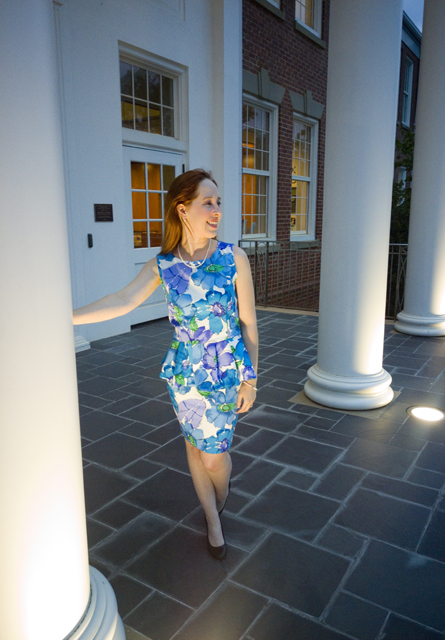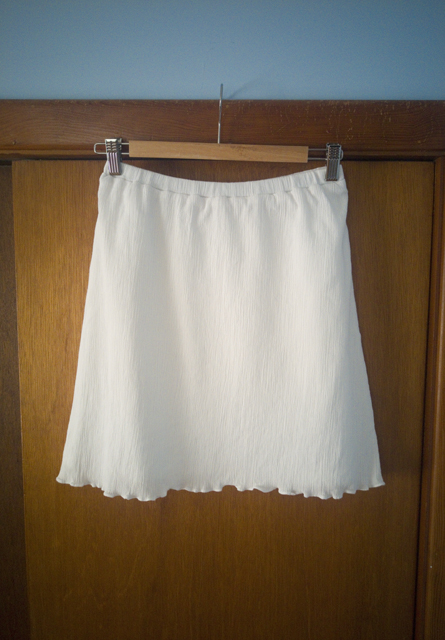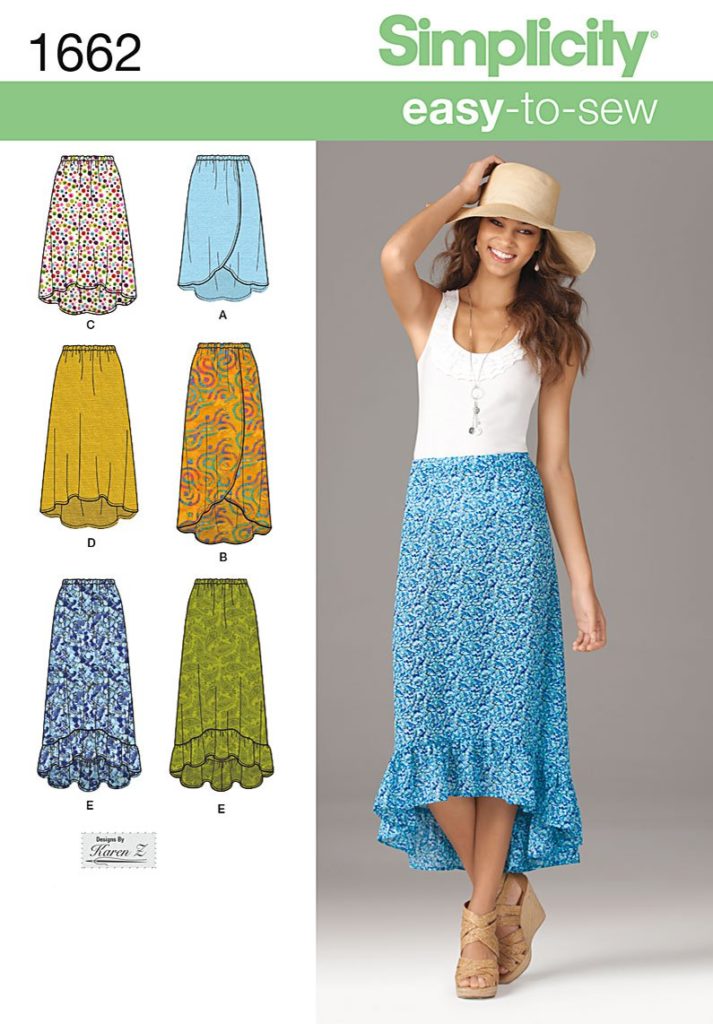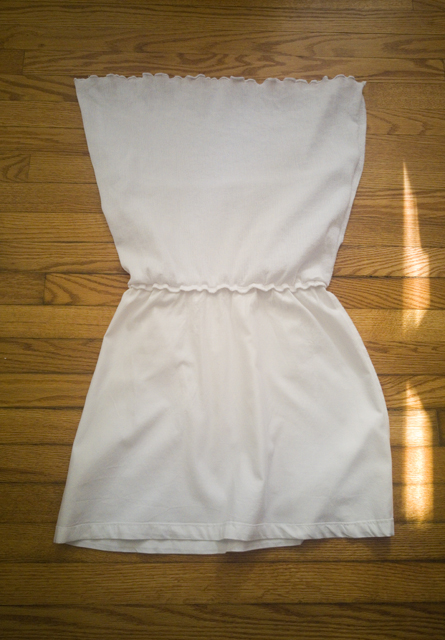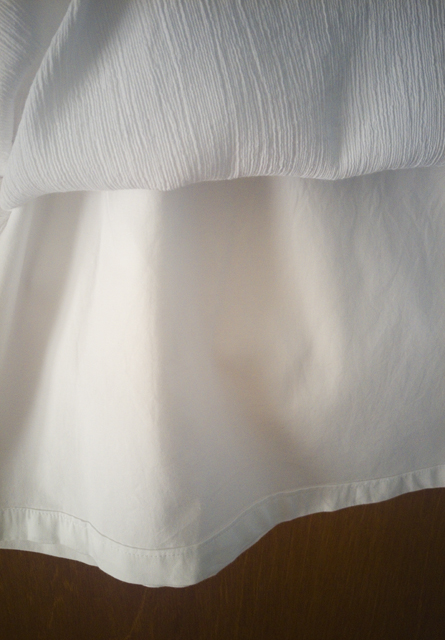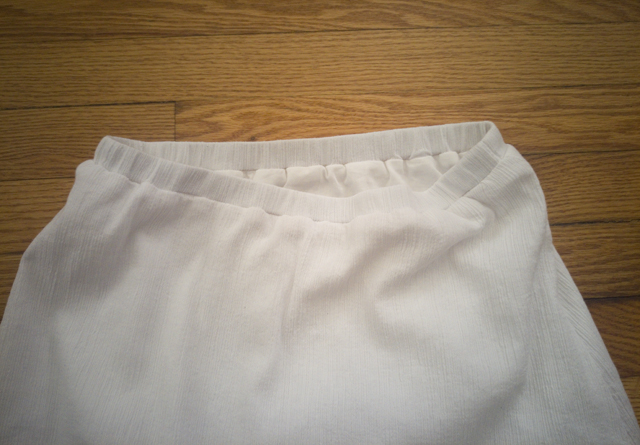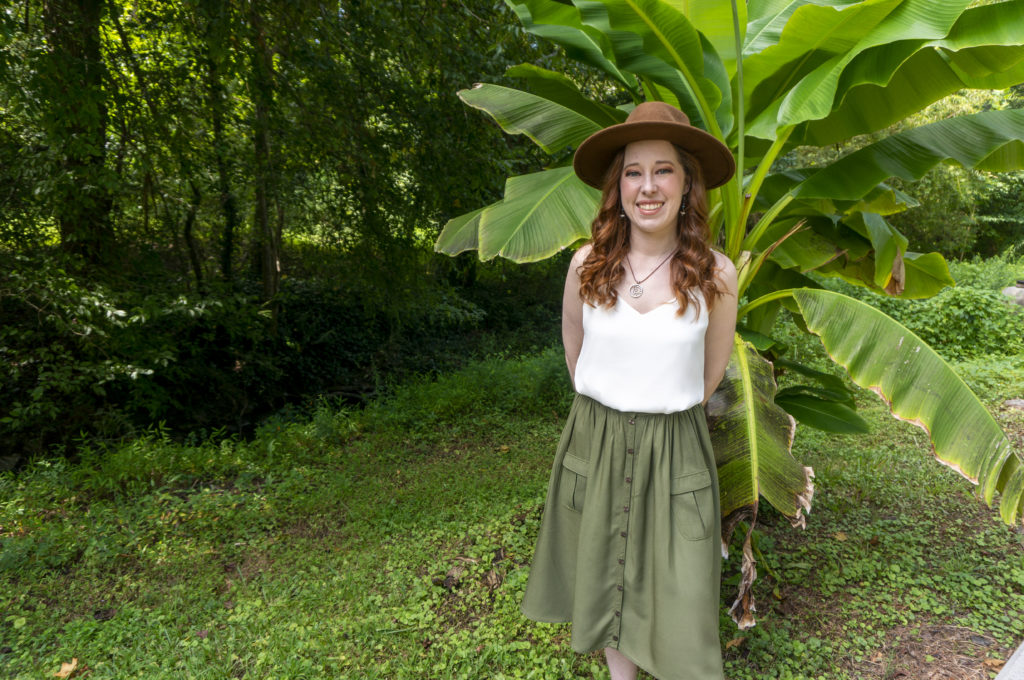
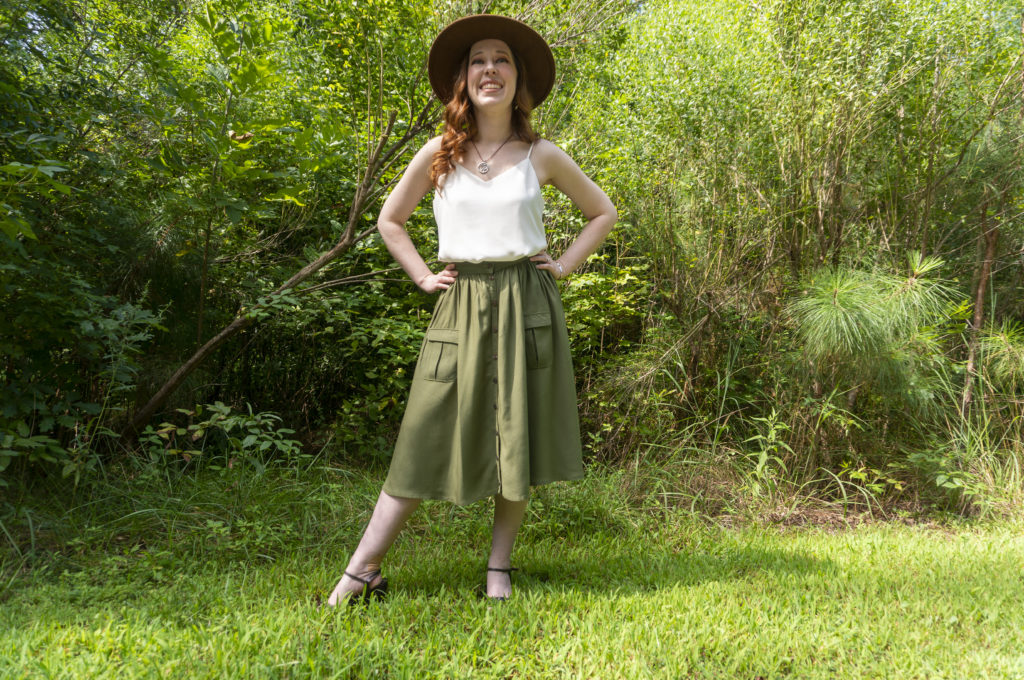
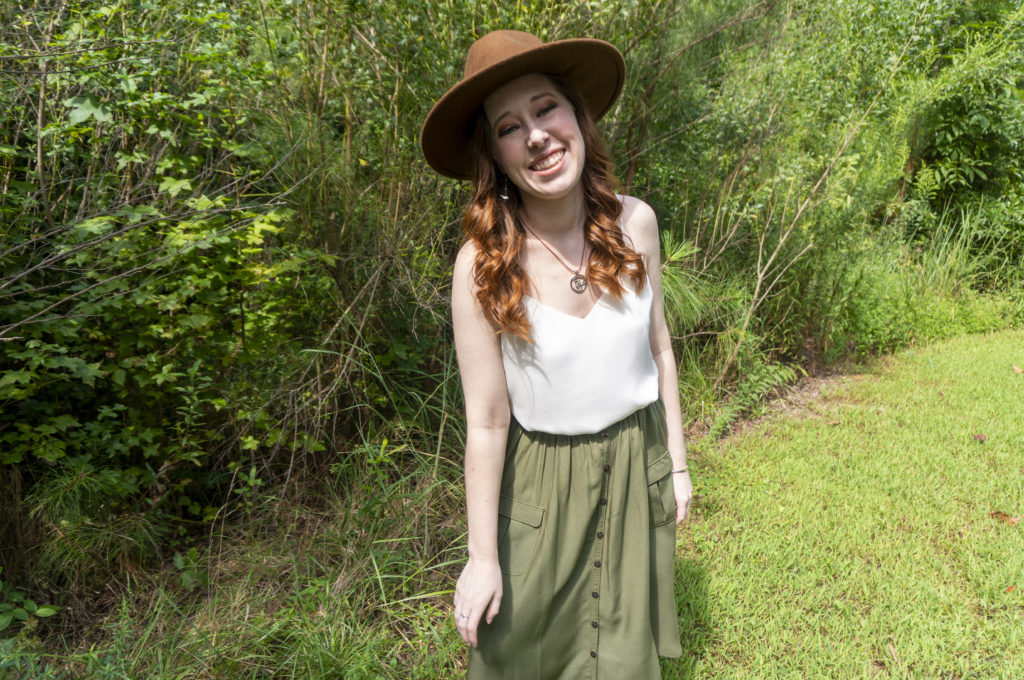
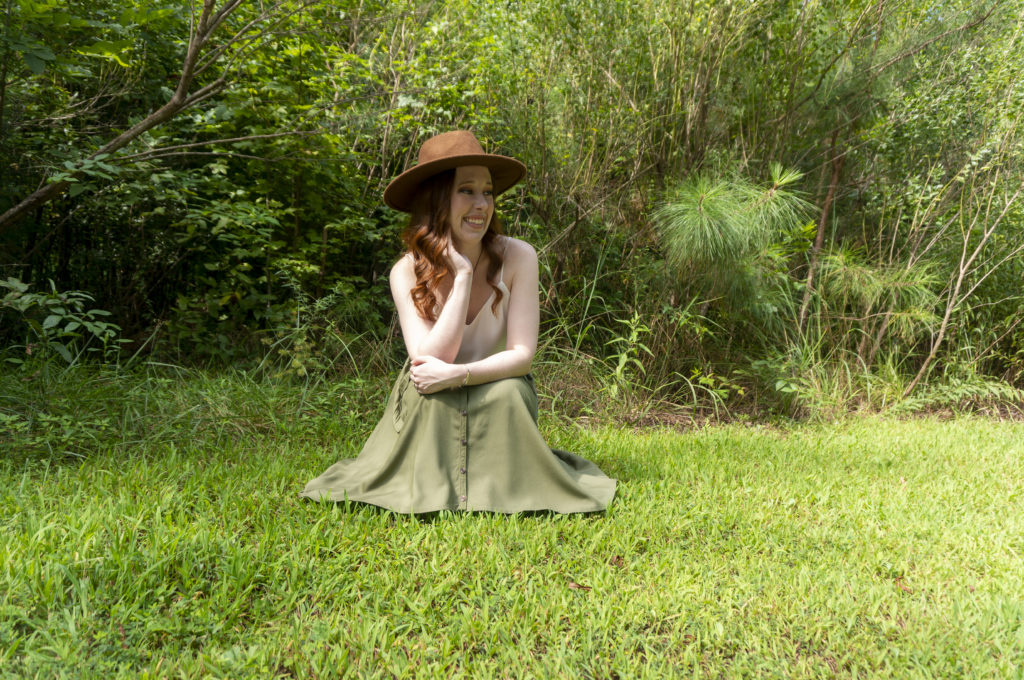
Over the years, my interest in Colette Patterns has waxed and waned. Initially enchanted by the idea of a small, independent sewing pattern company with a cohesive aesthetic, I quickly came crashing back to reality when I remembered that I don’t actually wear close-fitting woven dresses with a vintage vibe. My interest piqued again a few years later when they started offering knit patterns, and again when Seamwork launched, but I never quite loved anything enough to take the plunge. (Although I must say, Leah’s enthusiasm for Seamwork has very nearly convinced me to get a subscription!) I’d already stashed a bunch of Big 4 patterns that I hadn’t cut into yet, so it was hard to justify buying more—and more expensive—patterns.
So what changed? It’s embarrassingly simple, really: I was checking out Freeman’s Creative Craft Supply in Durham for the first time and they had a handful of Colette patterns on sale, a result of Colette announcing they were discontinuing paper pattern production. Unable to resist the combination of a vanishing product + a deep discount + a sense of duty to support the small craft businesses of the world, I scooped up several patterns I’d eyed over the years, including the Colette Zinnia.
I doubt there’s much to say about the pattern that hasn’t been said before by much more accomplished sewists than me, so rather than a review I’ll stick to what I did.
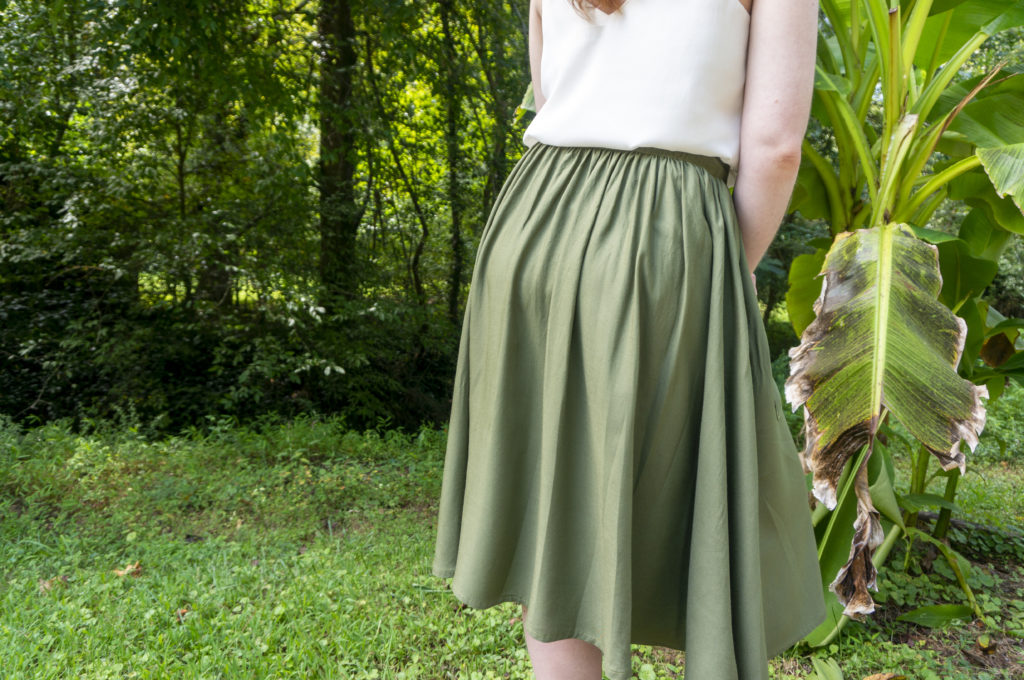
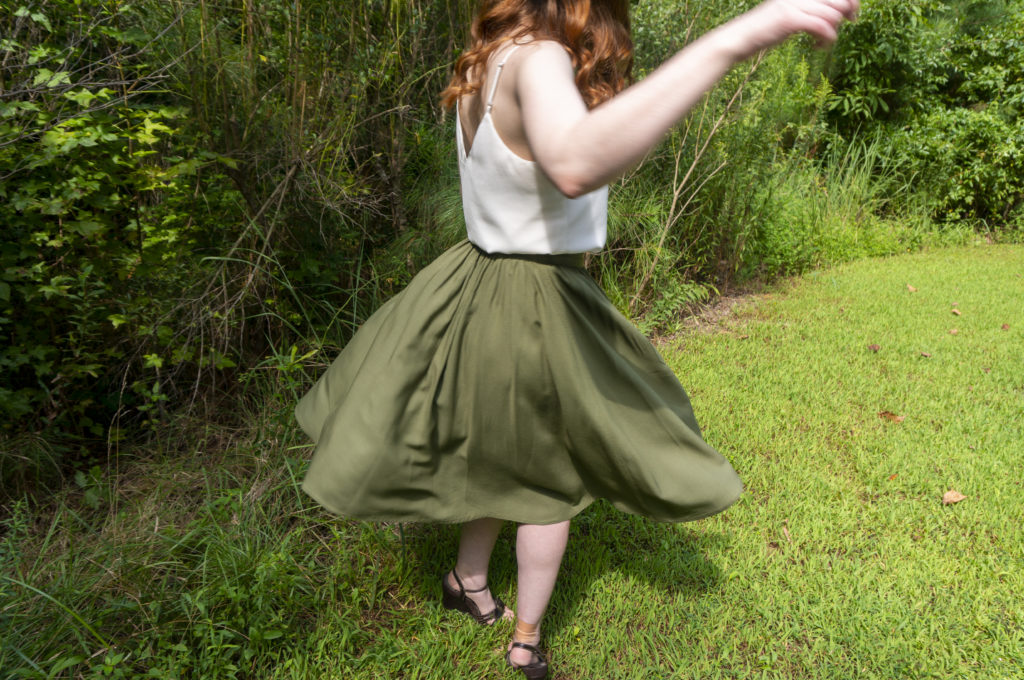
The fabric is something of a mystery, a lightweight plain weave made from natural fiber(s) that both wrinkles and presses easily with heat and humidity; it’s the same fabric as this top. It’s wonderfully pleasant to wear and I wish I had ten more yards of it, but sadly it was a hand-me-down from my mom and I have no idea where or even when she got it. I think she intended to use it for window valances.
I went with View 1, which has a gathered skirt attached to a waistband, a button placket, and patch pockets with flaps. I cut a size 8, preferring to err on the side of a larger waist since like most people my measurements fluctuate and I abhor the feeling of anything too snug on my midriff. I didn’t bother to adjust the length for my shorter-than-average height since it’s designed to fall below the knee anyway.
To keep the waistband from being too big, I took a page from Cashmerette’s book and added an elastic to the back waist only. I was inspired by this tutorial, but since her construction order is different from that of the Colette Zinnia and I’d already sewn up the side seams—which I French seamed and then edgestitched down to produce a mock felled seam—I had to improvise a bit:
- Cut the waistband pattern piece apart at the side seam circles to create front waistband and back waistband pattern pieces
- Add 5/8″ seam allowances to the new front and back waistband pattern pieces
- Cut front and back waistband from fabric; interface the front waistband piece only
- Sew front and back waistband pieces together at side seams
- Attach waistband to inside of skirt (rather than outside)
- Calculate elastic length using Cashmerette tutorial and cut a piece of 1.25″ no-roll elastic to length
- Cut two rectangles of fabric measuring 2″ x 1.25″ and stitch one rectangle to each end of elastic
- Place the elastic along the inside of back waistband and sew the rectangles into the side seams
- Fold waistband over to the outside and topstitch in place, stretching the back elastic to fit as you sew
Other notes include edgestitching everything, using three rows of basting stitches to gather the skirt, and not interfacing the placket. (To be clear, the instructions don’t call for interfacing, but that seemed odd to me, so I tried it anyway. As it turns out, a narrow cut-on placket doesn’t need it because of the layers of fabric involved, and I ended up peeling the interfacing off before re-sewing it. It seems Colette knew what they were about with this one.)
I very much wanted to use buttons from my stash on this one, since I had these cream-and-brown marbled ones harvested from somewhere that looked perfect. But they were 5/8″ instead of 1/2″ (not a huge problem) AND I didn’t have enough (*sob*). I ended up purchasing these two-hole buttons from JoAnn, which are described as brown but are really more of a dark coppery color and have a slightly reflective quality due to the ridged pattern in their surface.
Because the buttons came in packs of four, I had enough to add buttons to the pockets, but opted not to. I figure if I lose any along the way, I’ll have replacements on hand, and I won’t have to steal them off the pockets, leaving behind orphaned buttonholes.
My one regret may be not adding inseam pockets. I love the look of the patch pockets, but I really wish I had a place to put my hands. I even thought about adding some during the cutting-out stage, but decided they would be unnecessary. I have no one to blame but myself for this foolish lack of foresight.
If I were to make the Colette Zinnia again—and I feel like I will—the only thing I’d change besides the pocket situation would be to tinker with that back elastic waistband. I like it in principle, but in practice I should have cut the fabric portion longer so that it can gather/stretch more. Because I kept the original waistband length intact, it (surprise, surprise) doesn’t expand enough to allow the skirt to come on and off without unbuttoning. Because, you know, the original elastic-free skirt wasn’t intended to be taken on and off that way. Go figure. The no-roll elastic might also be a bit aggressive, and it can definitely still irritate when I’m feeling stuffed from the local food trucks.
While I don’t think I’d reach for this skirt every day, as I’m not much of an everyday skirt wearer, I love that it coordinates with a bunch of different tops already in my closet and in my sewing queue. I’m already looking forward to remixing it with other things I’ve made. Three cheers for wardrobe-boosting separates!
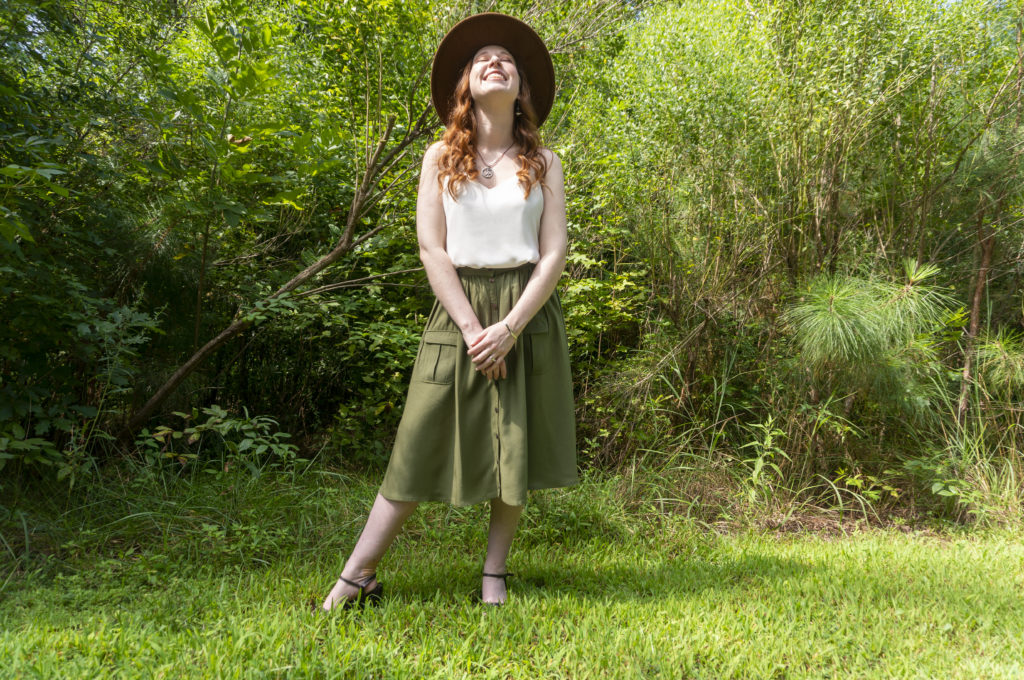
Outfit Details
Hat: Target | Camisole: Banana Republic | Skirt: Colette Zinnia | Sandals: Aerosoles | Earrings: Vintage | Necklace: Jenuinely Jeni | Bracelet: Gift/unknown

